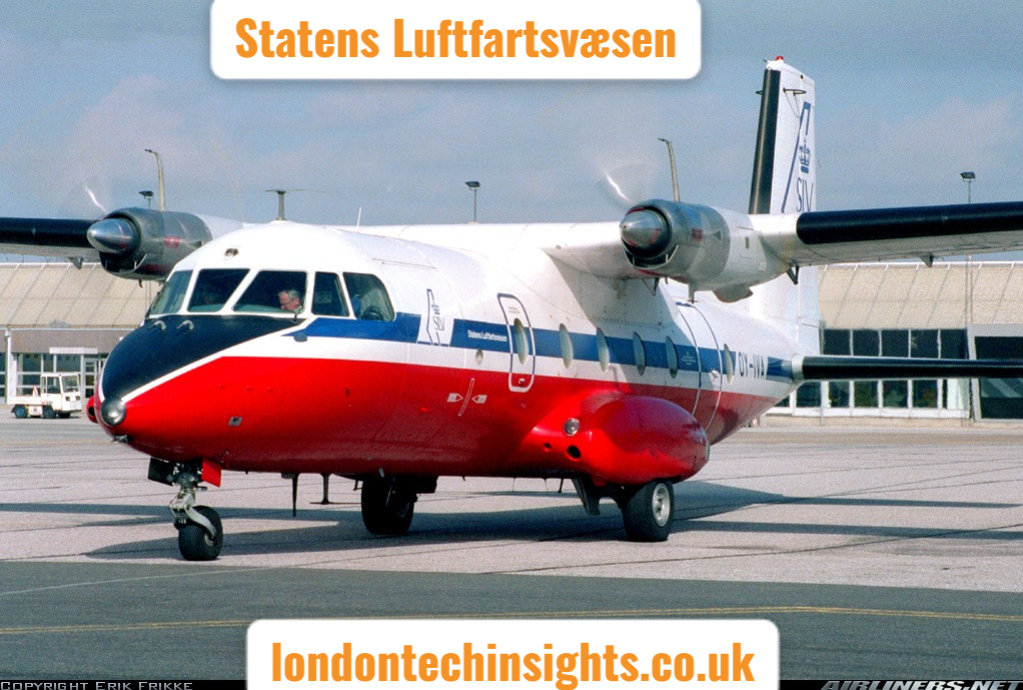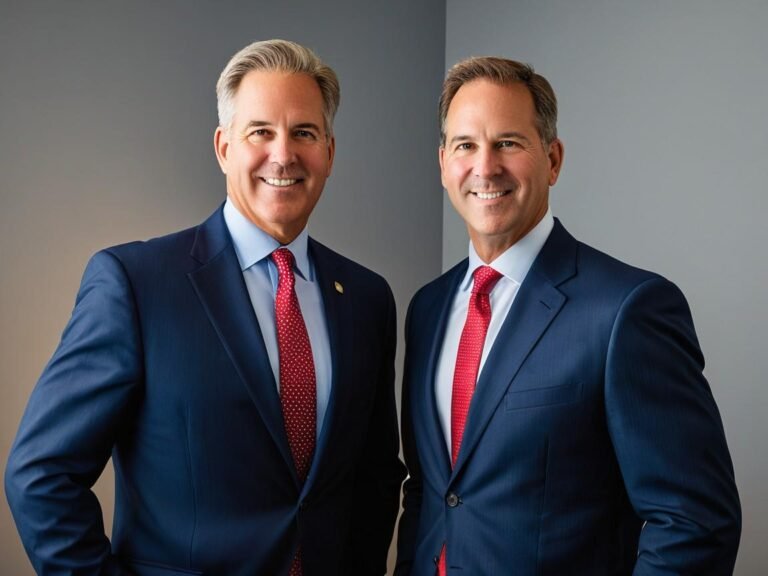
Introduction: Why Statens Luftfartsvæsen Still Matters
In the ever-evolving landscape of global aviation, government institutions have always played a central role in shaping air safety, infrastructure, regulation, and innovation. One such institution in Denmark is the Statens Luftfartsvæsen, often referred to in English as the Danish Civil Aviation Administration. Though this authority underwent restructuring in recent years, its historical significance and contributions to Danish and European aviation remain impactful. This article dives deep into the roots, responsibilities, transformations, and current status of the Statens Luftfartsvæsen, aiming to offer a full picture for anyone curious about Danish aviation history or administrative aviation systems.
The Origin and Evolution of Statens Luftfartsvæsen
The Statens Luftfartsvæsen (SLV) was established as a government body responsible for civil aviation in Denmark. Created to ensure safe, regulated, and efficient air transport, SLV managed air traffic services, airport infrastructure, pilot licensing, aviation safety protocols, and compliance with international air laws. Over time, as aviation needs evolved and international cooperation deepened, Denmark opted to reorganize the SLV to align with modern standards and global aviation frameworks. This led to the eventual merging of SLV functions into other national and European agencies.
Primary Responsibilities of the Authority
The scope of the Statens Luftfartsvæsen’s responsibilities was vast and integral to the country’s civil aviation operations. It oversaw airport certifications, enforced airworthiness standards, supervised air navigation systems, and worked closely with the European Union Aviation Safety Agency (EASA). Additionally, it was in charge of coordinating search and rescue missions, aviation medical assessments, and noise regulation compliance—highlighting its wide influence on safety and public welfare in the aviation sector.
Administrative Reforms and Transition to Trafikstyrelsen
In 2010, the Danish government restructured its transportation oversight framework. As part of this effort, the roles and duties of Statens Luftfartsvæsen were transferred to the Danish Transport Authority (Trafikstyrelsen). This transition aimed to modernize regulatory practices and integrate aviation management with rail and road transport systems under one authority. This allowed Denmark to create a more streamlined and efficient model of civil transportation governance, reducing duplication and increasing administrative synergy.
How the Danish Transport Authority Took Over SLV’s Duties
The Trafikstyrelsen inherited the entire scope of SLV’s functions. These included certification of air operators, licensing aviation personnel, coordinating aviation security, and ensuring Denmark’s adherence to international aviation treaties. The incorporation also meant the adoption of newer technologies and management systems that aligned with EU aviation policies. Today, the Trafikstyrelsen plays the vital role SLV once held—although under a broader administrative umbrella.
Importance of International Aviation Compliance
Statens Luftfartsvæsen was instrumental in Denmark’s compliance with international aviation regulations. It collaborated with the International Civil Aviation Organization (ICAO), the European Aviation Safety Agency (EASA), and Eurocontrol. This ensured that Denmark remained aligned with international standards concerning air safety, environmental policies, air traffic control, and accident investigations—core pillars of global aviation governance.
Aviation Safety and Risk Management Initiatives
One of the defining features of the SLV’s legacy was its strict approach to aviation safety and risk mitigation. Through comprehensive audits, aircraft inspections, crew certifications, and simulation training enforcement, the authority maintained Denmark’s reputation as a safe airspace. Their proactive reporting system allowed for anonymous reporting of incidents, which played a crucial role in preventing future accidents and boosting public trust.
Pilot Licensing and Aircrew Standards
SLV was also the primary licensing body for pilots and aircrew in Denmark. It administered exams, approved aviation schools, and enforced ongoing training requirements. The Danish approach to aviation education was praised internationally for balancing theoretical knowledge with practical skills. SLV’s processes for issuing, suspending, or renewing licenses were key to ensuring that only competent personnel operated Danish aircraft.
Environmental and Noise Regulations by SLV
Denmark has long been known for its environmental consciousness, and SLV was a reflection of that in the aviation sector. It enforced strict noise limits near residential areas, and helped airports implement sound reduction measures. Additionally, SLV promoted fuel-efficient practices, encouraged airlines to adopt greener technologies, and partnered with researchers to assess aviation’s environmental footprint.
Role in Aviation Infrastructure Development
Statens Luftfartsvæsen also played a pivotal part in developing and maintaining aviation infrastructure throughout the country. It supervised runway upgrades, radar installations, airspace designs, and communication tower placements. These developments ensured that Denmark remained a modern, well-connected hub in Northern Europe, both for commercial airlines and private aviation sectors.
Collaboration with Military and Civil Sectors
SLV often worked in coordination with the Danish military to manage joint-use airfields and ensure safe segregation of civil and military airspace. It helped in defining restricted zones, emergency protocols, and shared communication networks. This dual-use cooperation model contributed to a balanced and conflict-free use of national airspace.
Comparative Table: SLV vs. Trafikstyrelsen Functions
| Responsibility Area | Statens Luftfartsvæsen (Pre-2010) | Trafikstyrelsen (Post-2010) |
| Pilot Licensing | ✅ | ✅ |
| Airport Certification | ✅ | ✅ |
| Aviation Security Oversight | ✅ | ✅ |
| Environmental Compliance | ✅ | ✅ |
| Integration with Other Transport | ❌ | ✅ |
Technological Integration and Innovation
SLV was known for adopting the latest in aviation tech, including satellite navigation, advanced weather tracking systems, and updated air traffic control software. Even after its transition, many of these systems laid the foundation for today’s aviation technologies in Denmark. The agency was also a pioneer in automating licensing and auditing procedures.
Public Accessibility and Transparent Reporting
Another notable feature of SLV was its commitment to transparency. It maintained an open-access policy where the public and media could retrieve flight safety reports, noise pollution data, and licensing criteria. This public-facing transparency allowed greater accountability and increased trust between government agencies and citizens.
Why the SLV Legacy Still Matters Today
While the Statens Luftfartsvæsen no longer exists under its original title, its structure and framework still form the backbone of Danish civil aviation. From safety protocols to licensing systems, and infrastructure development to environmental strategies, the SLV’s impact continues through Trafikstyrelsen. Aviation professionals, researchers, and policymakers still refer to SLV-era practices for guidance and benchmarking.
Conclusion: The Lifelong Impact of SLV on Danish Aviation
The Statens Luftfartsvæsen may now be a part of aviation history, but its legacy remains deeply embedded in the way Denmark manages its skies. It laid the foundation for efficient air travel, meticulous regulation, and international cooperation. Its transition into the Danish Transport Authority ensured that its core functions continue, albeit under a modern, multi-modal umbrella. For anyone studying aviation administration, Danish regulatory policy, or international aviation models, understanding SLV is essential. Its journey reflects how regulatory bodies must evolve to remain effective, relevant, and globally connected.
Bullet Points Summary
- Statens Luftfartsvæsen was Denmark’s central aviation authority until 2010.
- It managed licensing, safety, airport certifications, and international compliance.
- In 2010, SLV’s functions merged into the Danish Transport Authority.
- The legacy of SLV still shapes Danish aviation today.
- Its environmental, safety, and technological frameworks continue to influence policy.
Frequently Asked Questions (FAQs)
Q1: What does Statens Luftfartsvæsen mean in English?
It translates to the “Civil Aviation Administration of the State” and was Denmark’s national aviation authority.
Q2: Is Statens Luftfartsvæsen still active today?
No, it was integrated into Trafikstyrelsen (Danish Transport Authority) in 2010, which now handles its responsibilities.
Q3: Why was the Statens Luftfartsvæsen merged?
To modernize administrative structures and create a unified transport authority overseeing air, rail, and road systems.



